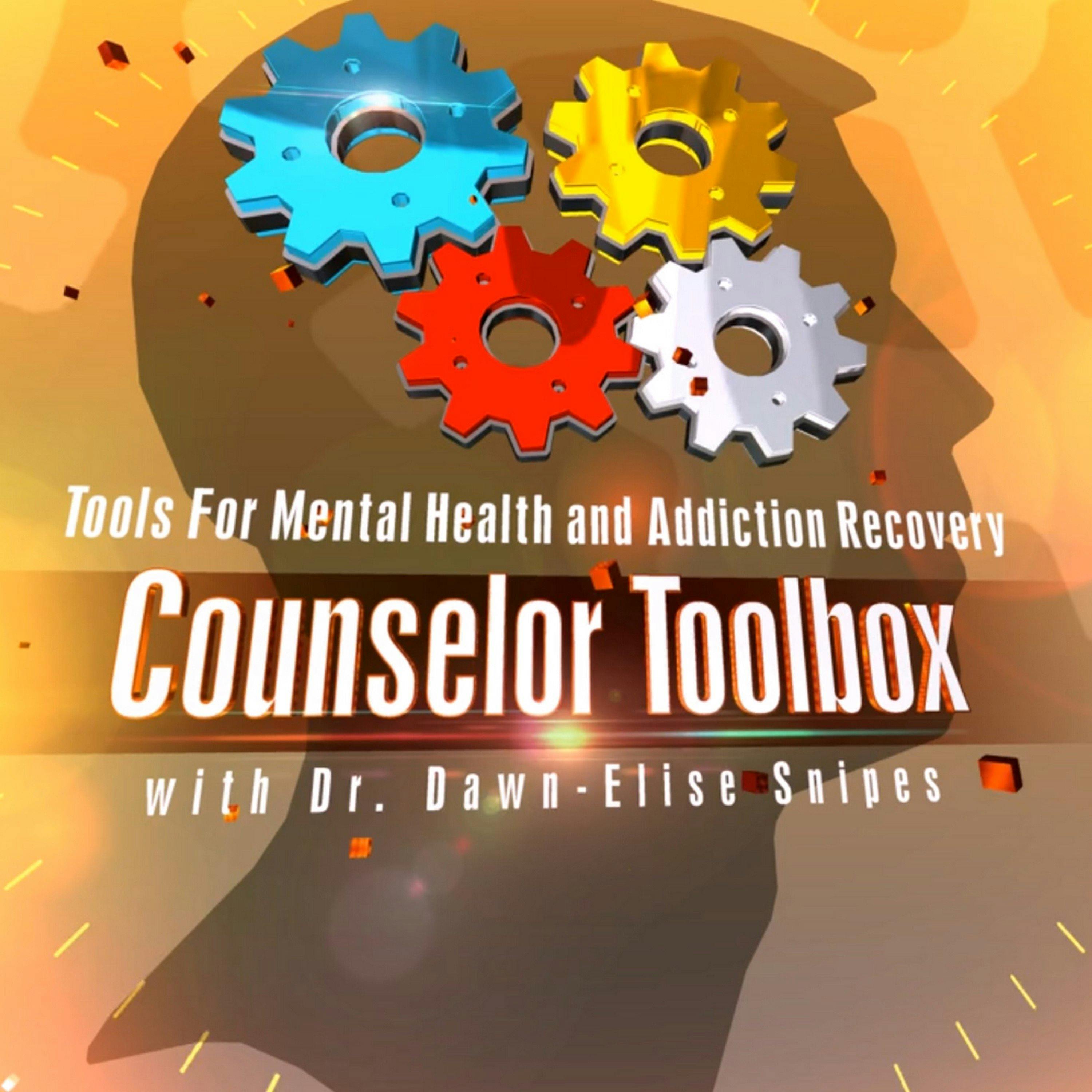Breaking Free From Quick Fixes : Healing Deep Wounds
Description
**Summary: Breaking Free from Quick Fixes - Healing Deep Wounds for Good by Dr. Dawn-Elise Snipes**
[Watch the video](https://www.youtube.com/watch?v=RZR-UqWpVgE)
**Outline Summary:**
1. **Introduction**
- Presenter: Dr. Dawn-Elise Snipes
- Topic: Breaking free from quick fixes and healing deep wounds
- Objectives: Discuss quick fixes, their problems, the impact of deep wounds, and healing strategies.
2. **The Allure and Problem of Quick Fixes**
- Quick fixes are often superficial and temporary.
- They fail to address the root causes, leading to recurring issues.
- Example: Using antacids for stress-related GI distress without addressing the stress.
3. **Impact of Deep Wounds**
- **Physical Impact**: Alters brain structure and neurotransmitter balance.
- **Interpersonal Impact**: Affects ability to trust others and lowers self-esteem.
- **Emotional Impact**: Causes anger, anxiety, depression, and emotional dysregulation.
- **Cognitive Impact**: Leads to negative beliefs about oneself and the world, overgeneralization, and unfiled traumatic memories.
- **Environmental Impact**: Triggers through associated sights, sounds, and smells.
4. **Strategies for Healing Deep Wounds**
- **Recognizing the Impact**: Understand the effect of wounds on brain, energy, and health.
- **Reducing Stress**: Physical and emotional stress reduction through sleep, nutrition, pain management, and relaxation.
- **Managing Emotions**: Downregulate emotions to engage the wise mind, using techniques like deep breathing, guided imagery, and support systems.
- **Distress Tolerance**: Develop skills to tolerate distress without resolving underlying issues, e.g., shifting focus, physical activity, and alternate thoughts.
5. **Understanding Emotions and Triggers**
- **Identifying Emotions**: Understand that anger and anxiety signal potential threats, not actual problems.
- **Evaluating Emotions**: Assess the facts and context of emotional responses.
- **Exploring Deep Wounds**: Validate past feelings and reframe beliefs with a mature perspective.
- **Addressing Cognitive Distortions**: Identify and challenge thoughts stemming from deep wounds.
6. **Creating a Healing Plan**
- **Downregulating Emotions**: Use tools to manage emotional intensity.
- **Examining Beliefs**: Re-evaluate beliefs in the current context and find alternative explanations.
- **Healing Over Time**: Recognize that healing is a gradual process requiring focus and energy.
**Time Codes for Major Points:**
0:00 Introduction by Dr. Dawn-Elise Snipes
2:30 The Allure and Problem of Quick Fixes
6:45 Impact of Deep Wounds
13:00 Strategies for Healing Deep Wounds
20:15 Understanding Emotions and Triggers
29:10 Creating a Healing Plan
Feel free to ask if you need further details or a more in-depth explanation on any part of the video!
Learn more about your ad choices. Visit megaphone.fm/adchoices
More Episodes
Learn more about your ad choices. Visit megaphone.fm/adchoices
Published 11/21/24
Published 11/21/24
Introduction
Presenter: Dr. Dawn-Elise Snipes discusses helping families navigate life transitions using the Flower Empower Model.
The focus is on understanding how various transitions impact both individuals and families, emphasizing the importance of supportive partnerships between...
Published 11/19/24


